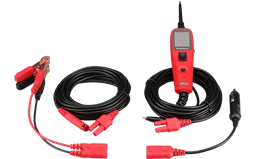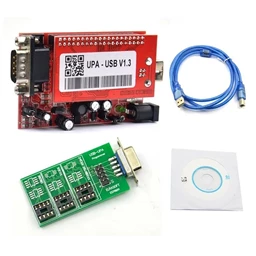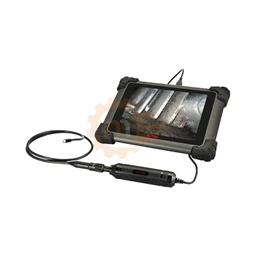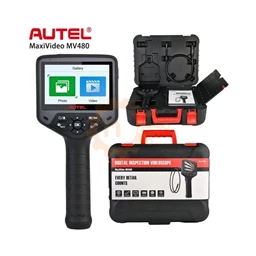The Electric Vehicle Revolution and New Diagnostic Needs Difficulties Encountered in Electric Vehicle Fault Detection and Things to Be Considered 1. High Voltage Systems and Safety 2. Battery Management System (BMS) Complexity 3. Charging Systems and Compatibility 4. Thermal Management Systems 5. Software and Communication Protocols Electric Vehicle Fault Detection Device Selection Criteria 1. Comprehensive HOME Brand and Model Support 2. High Voltage System Diagnostic Capabilities 3. Battery Management System (BMS) Analysis 4. Charging System Diagnosis 5. Compliance with Safety Standards 6. User Interface and Custom HOME Functions Leading Electric Vehicle Diagnostic Solutions 1. Autel MaxiSys EV Diagnostics Series (Ex: MaxiSys Ultra EV, MS909EV) 2. Topdon Phoenix Series EV Diagnostics (Ex: Phoenix Smart EV, Phoenix Max EV) 3. Launch X431 EV Diagnostics Tips For Safe Fault Detection in Electric Vehicles The automotive industry is undergoing a radical transformation with the rise of electric vehicles (EV). With their environmental friendliness, lower operating costs and impressive performance, electric vehicles are becoming increasingly popular. However, this new technology also brings its own unique maintenance and repair needs, unlike traditional internal combustion engine vehicles. In particular, fault detection requires new specializations and equipment due to the complex high-voltage systems of EVs, battery management systems (BMS) and special electronic control units. Accurate fault detection in electric vehicles is vital not only to maintain the performance and life of the vehicle, but also for the safety of technicians and users. Working with high voltage requires special training and attention. In this guide, we will discuss in detail the intricacies of fault detection in electric vehicles, the necessary new generation diagnostic technologies, leading devices and innovative solutions of Nitro Bilişim in this field. The EV diagnostic process differs significantly from internal combustion engine vehicles: Batteries, motors and charging systems of electric vehicles work with direct current (DC) of hundreds of volts. Special insulated tools, personal protective equipment (PPE) and safety procedures are mandatory when interfering with these systems. An incorrect intervention can lead to fatal electric shocks or fires. Diagnostic devices must also be designed in such a way that they can safely operate in this high voltage environment. BMS is the heart of the electric vehicle. Monitors and manages the voltage, temperature, charging status (SoC) and health status (SoH) of each cell in the battery pack. BMS failures directly affect the vehicle's range, performance and battery life. The detection and resolution of faults related to BMS requires special diagnostic capabilities. AC and DC charging systems, charging ports (Type 2, CCS, CHAdeMO, etc.) and on-board charging units (OBC) can also be sources of malfunction. Detection of charging problems requires knowledge of different charging standards and protocols. Advanced thermal management (cooling and heating) systems are used to ensure that batteries and power electronics components operate at optimal temperature. Failures in these systems can lead to a decrease in performance and component damage. Electric vehicles have a complex communication network between a large number of electronic control units (Decus). Software errors, communication problems and cyber vulnerabilities can also be the cause of malfunctions. Diagnostic devices must be compatible with these complex networks and support up-to-date software. Choosing the right HOME diagnostic device ensures that your workshop is ready for the future: There are many HOUSEHOLD brands and models on the market, such as Tesla, BMW i, Audi e-tron, Mercedes EQ, Hyundai Kona/Ioniq, Kia EV6/Niro EV, Volkswagen ID series. It is important that your device supports all these brands that you plan to serve and their specific systems. The device should be able to test the high voltage battery pack, inverter, converter, electric motor and related components. Insulation tests should have special functions, such as continuity checks of high-voltage circuits. It should offer advanced BMS diagnostic functions such as reading/deleting BMS error codes, monitoring battery cell voltages and temperatures, analyzing charge/discharge cycles, assessing battery health status (SoH). The ability to test different charging modes (AC/DC) and charging protocols, diagnose charging errors, and analyze communication problems with charging stations is important. Make sure that the device meets the appropriate safety standards for high-voltage operation (for example, CAT III or CAT IV rating). It should offer a user-friendly interface and special menus that facilitate diagnostic procedures specific to EVs. For example, it should provide directions for safely deactivating the battery pack (de-energizing) or commissioning (energizing) procedures. Nitro Bilişim offers state-of-the-art diagnostic devices designed for the increasing needs of electric vehicles: Autel is one of the leading brands in the field of EV diagnostics. MaxiSys EV series devices offer extensive EV brand coverage, comprehensive battery pack analysis, high voltage system topology imaging, and step-by-step troubleshooting guides. It comes with a custom EVDiag Box and battery testing accessories. Topdon is a brand that is rapidly entering the HOME diagnostics Sunday and offering innovative solutions. Phoenix series EV devices support many popular electric and hybrid vehicles, offer features such as battery pack testing, BMS reset and high voltage system diagnostics. Launch is a well-known brand with a wide range of vehicles and is also developing special diagnostic solutions for electric vehicles. The HOME-powered models of the X431 series can offer basic HOME diagnostic functions and some special tests. * Get Training: Be sure to get professional training before working with high voltage systems. * Use Personal Protective Equipment (PPE): Wear insulated gloves, glasses and appropriate work clothes. * Follow Safety Procedures: Strictly follow the safety instructions of the vehicle manufacturer and device manufacturer. * Isolate the High Voltage: Make sure that the high voltage system is safely disabled before starting operation. * Use the Right Tools: Use only insulated and approved tools for high voltage. Prepare for the Electric Future with Nitro Bilişim Electric vehicles present new opportunities and challenges for the automotive service industry. It is possible to keep up with this new technology by having the right information, training and, most importantly, the right diagnostic equipment. EV diagnostic solutions from leading brands such as Autel and Topdon will help you prepare your workshop for the electric future. Nitro Bilişim is with you in this transformation by providing you with the latest technology electric vehicle fault detection devices, comprehensive trainings and expert technical support. Contact us for more information about EV diagnostic solutions and to make the most appropriate investment for your business.
Friday, May 16, 2025

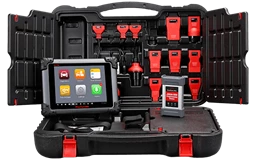
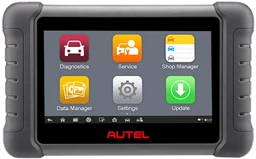
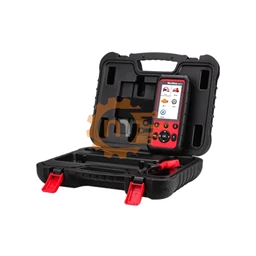
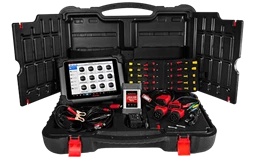
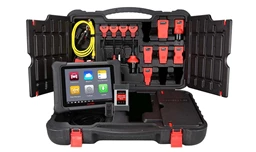
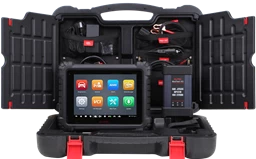
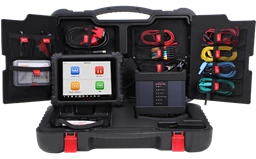


.webp?size=256)


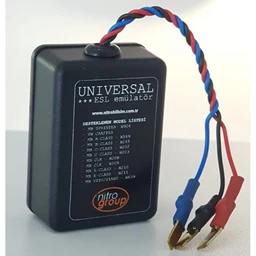

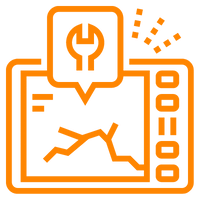

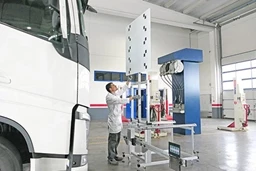
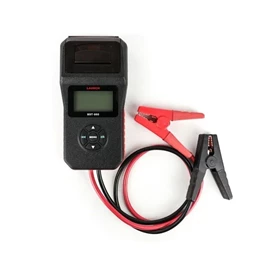
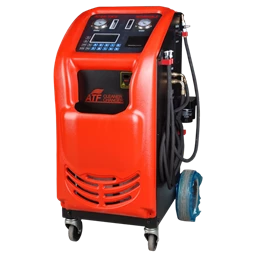
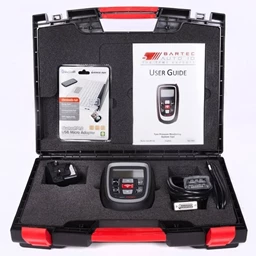
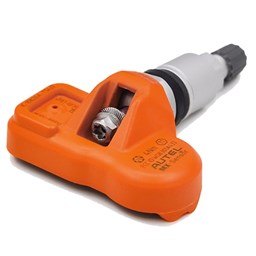




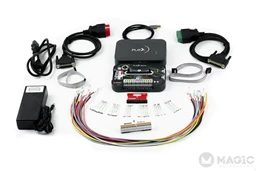
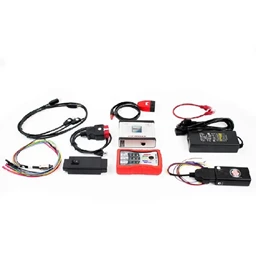
 Cihazı.webp?size=256)

